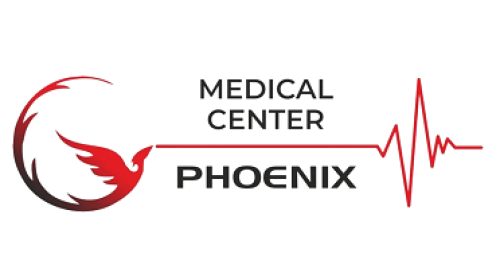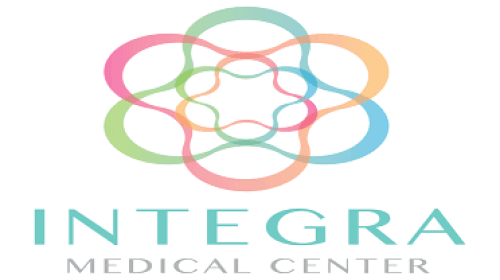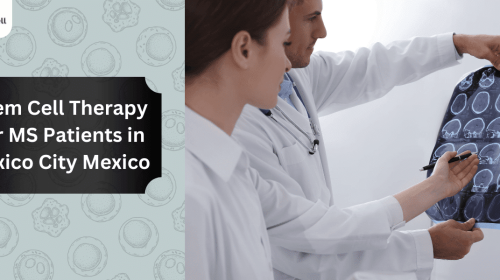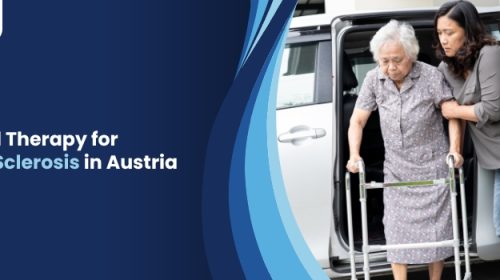Revolutionizing Multiple Sclerosis Treatment - Unleashing the Power of Stem Cells!
Multiple sclerosis (MS) is a chronic neurological condition that affects the central nervous system (CNS). It is characterized by the immune system mistakenly attacking the protective covering of nerve fibers, known as myelin, in the brain and spinal cord. This demyelination disrupts the normal flow of electrical impulses along the nerves, leading to a wide range of physical and cognitive symptoms.
The exact cause of multiple sclerosis remains unknown, but it is believed to involve a combination of genetic and environmental factors. Certain genes are thought to predispose individuals to develop MS, although having these genes does not guarantee that a person will develop the condition. Environmental factors such as viral infections, low vitamin D levels, and smoking have also been associated with an increased risk of developing MS.
The symptoms of multiple sclerosis can affect various bodily functions and systems. Some common symptoms include fatigue, muscle weakness or stiffness, difficulty with coordination and balance, numbness or tingling sensations, problems with vision (such as blurred or double vision), dizziness, pain, and cognitive changes (such as problems with memory and concentration).

How does Stem Cell Therapy help Multiple Sclerosis?
Stem cell therapy holds promise as a potential treatment for multiple sclerosis (MS), although more research is needed to fully understand its effectiveness and long-term outcomes. MS is an autoimmune disease where the immune system mistakenly attacks the protective covering of nerve fibers in the central nervous system (the brain and spinal cord), leading to various neurological symptoms.
Stem cell therapy for MS typically involves the use of hematopoietic stem cells, which are found in bone marrow or blood. These stem cells have the ability to develop into different types of blood cells, including immune cells. The goal of stem cell therapy in MS is to suppress the abnormal immune response and promote the regeneration of damaged nerve cells.
Procedure of Stem Cell Therapy for Multiple Sclerosis
Patient Evaluation
The first step involves a comprehensive evaluation of the patient’s medical history, physical examination, and diagnostic tests. This evaluation helps determine the patient’s eligibility for stem cell therapy, assess the severity of the disease, and identify any potential risks or contraindications.
Preparatory Phase
Before the stem cell transplantation, the patient may undergo a preparatory phase. This phase typically involves the administration of medications or treatments to optimize the outcome of the procedure. For example, patients may receive medications to mobilize stem cells from the bone marrow or stimulate their production.
Stem Cell Collection
There are different sources of stem cells used in MS treatment, including bone marrow and peripheral blood. Bone marrow-derived stem cells are collected by extracting a small amount of bone marrow from the patient’s hipbone. Peripheral blood stem cells can be collected through a process called apheresis, where blood is drawn from the patient.
Stem Cell Transplantation
In Stem Cell Transplantation, the patient undergoes a stem cell infusion, where the stem cells are reintroduced into their body. The transplantation may be done through intravenous infusion, similar to a blood transfusion. The stem cells travel through the bloodstream to the affected areas of the central nervous system.
Observation and Recovery
Following the stem cell transplantation, the patient is closely monitored to ensure their safety and well-being. This period of observation allows healthcare professionals to assess the patient’s response to the therapy, monitor for any potential complications or side effects, and provide supportive care as needed.
Follow-up Care
After the stem cell therapy, patients typically receive follow-up care and rehabilitation. This may include regular check-ups, imaging studies to assess treatment response, and ongoing assessments of MS symptoms and progression. Rehabilitation programs, such as physical therapy and occupational therapy, may also be recommended.
Best Stem Cell Clinics for Multiple Sclerosis in the World
America, Bogota, Colombia
Mexico, America, Nuevo Progresso
America, Guadalajara, Mexico
Stem Cell Therapy Packages for Multiple Sclerosis Worldwide
Stem Cell Therapy for Multiple Sclerosis Success Stories
Take control of your Multiple Sclerosis journey and unlock the potential of stem cell treatment with PlacidWay! We understand the challenges you face, and we’re here to empower you with a life-changing opportunity. Take action now! Contact us and embark on your path to recovery. It’s time to reclaim your life and embrace a new chapter of hope and possibilities.
Frequently Asked Questions
Is stem cell therapy for MS a cure?
Currently, there is no known cure for MS. However, stem cell therapy has shown promise in managing symptoms, promoting tissue repair, and potentially modifying the course of the disease, leading to improved quality of life for patients.
How effective is stem cell therapy for MS?
The effectiveness of stem cell therapy can vary among individuals, and research is ongoing to determine its long-term outcomes. Some studies have shown positive results in terms of symptom improvement, disease stabilization, and quality of life enhancement, particularly in patients with aggressive or treatment-resistant MS.
Am I eligible for stem cell therapy for MS?
Eligibility criteria for stem cell therapy can vary depending on factors such as the stage and type of MS, overall health, and individual patient characteristics. A thorough evaluation by a healthcare professional specializing in stem cell therapy is necessary to determine eligibility.
How long does the recovery process take after stem cell therapy?
The recovery process can vary among individuals. It may take weeks to months for patients to observe improvements or changes in their symptoms. The healthcare team will provide guidance on post-treatment care, monitoring, and follow-up appointments.
How long-lasting are the effects of stem cell therapy for MS?
The duration of the effects of stem cell therapy is still being studied. Some patients may experience long-lasting improvements, while others may require additional treatments or therapies over time. Regular follow-up visits and assessments are important for monitoring progress.
Request Free Quote











